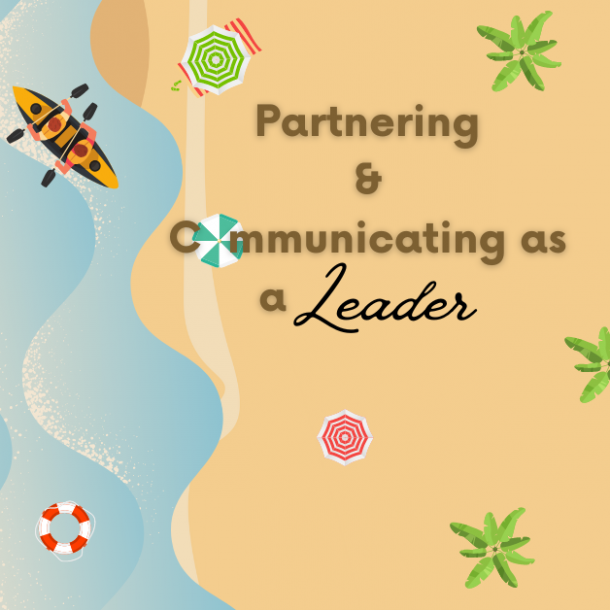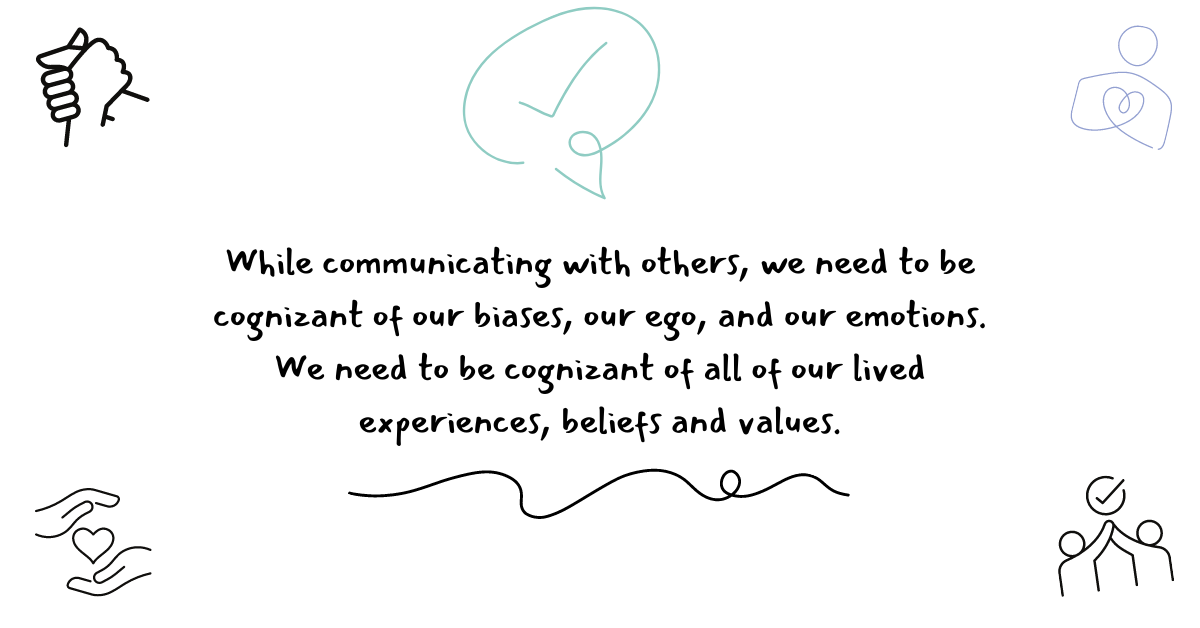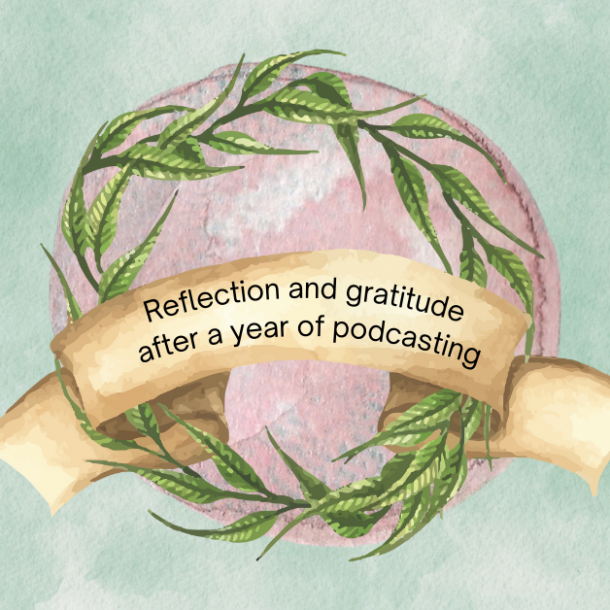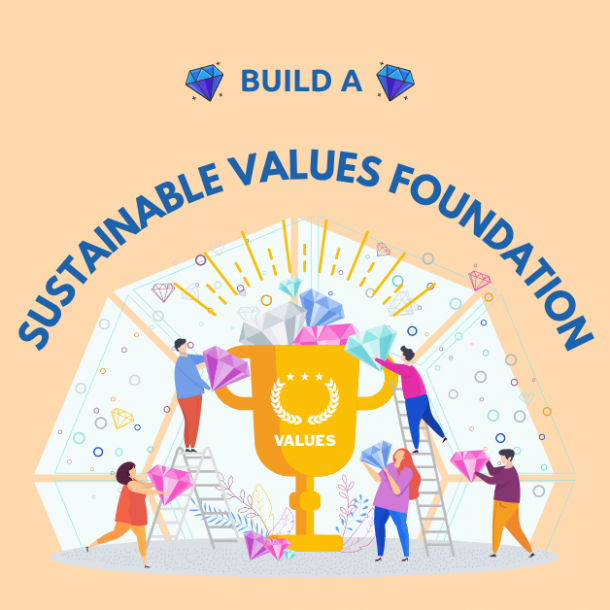
UpSkill: Intent vs. Impact In Communication
I want to encourage leaders to be mindful when communicating, partly because of the power you hold.
Sometimes your intent and impact are not the same. I want to clarify that intent is how you think and feel, and impact is how your words, decisions and actions make others feel. This distinction is fundamental to your understanding of communication.
Remember we said in a previous blog post that communication really is about transferring your message and making sure communication has happened. We also quoted George Bernard Shaw, who said “The greatest problem in communication is the illusion that it has happened.”
The illusion that what you meant to communicate is what was communicated is where we hit our blind spots.
With our communication, particularly as leaders, we need to be mindful of the blind spots and gaps in our communication.
will the intended message impact the receiver as you expect? And how will you know?
When we are communicating we are not communicating to a blank slate, and the processor that the person we’re communicating with uses is shaped by their own experiences, by mistakes others have made, by bad experiences, by lived experiences.
It all informs the processor that your message is going through, and you must be mindful of that. Our intent is transparent to us, so we assume it is equally clear to others and that our message is received in the same spirit. However, that’s not true.
When we cut someone off, we expect them to understand that it was an honest mistake. When someone else cuts us off, it’s not an honest mistake. We make negative assumptions about why they cut us off.
This is called the fundamental attribution error. It is a process where we judge ourselves by our intentions and judge others by their actions.
What gets in the way when we send a message forward?
We need to be cognizant of our biases, our ego, our emotions. We need to be cognizant of all of our lived experiences, and beliefs and values.
We need to bring our awareness to all of the things that impact our message before it even leaves us.
The same things affect people we wish to communicate with. They also have ego, emotion and biases.

How do we bridge this unseen gap?
It’s through dialogue. It’s through conversations. It’s through openness, through questioning.
It’s through building authentic relationships and understanding how we come across to other people.
It is important for us to give respect to others as much as we give respect to ourselves. You need to take a look critically at your thinking. Think about your thinking. Scrutinize it. That is our job as leaders.
Don’t believe everything you think. It’s OK not to know everything. Ask questions, seek help. Complexity is part of our journey.
Make mistakes. If you are not making mistakes you’re probably in your comfort zone. Get out of your comfort zone. Get into the learning zone.
When we learn we make mistakes.
One thing I want to be sure to remind you of is that your comfort zone is a prison of your own making. You’ve got to release yourself into the learning zone, where you can grow and be more.
However, you must also manage the size of your bite. Don’t jump into the panic zone, where you begin to feel stressed out. You don’t learn anything, you don’t grow in the panic zone.
Take bite sizes to be int he sweet spot.
As Paul J. Meyer says, “Productivity is never an accident.”
It is always the result of a commitment to excellence, intelligent planning and focused effort. That’s what we are going to do as leaders through ongoing dialogue and questioning.
Our intentions may be good, but the impact can be devastating due to the power we wield as leaders.
The leader is willing to see with you new eyes, to see the way forward by thinking and acting differently.
We learn as leaders, and then we lead the way forward. We light the path. That’s what’s expected and that’s the challenge for you.


